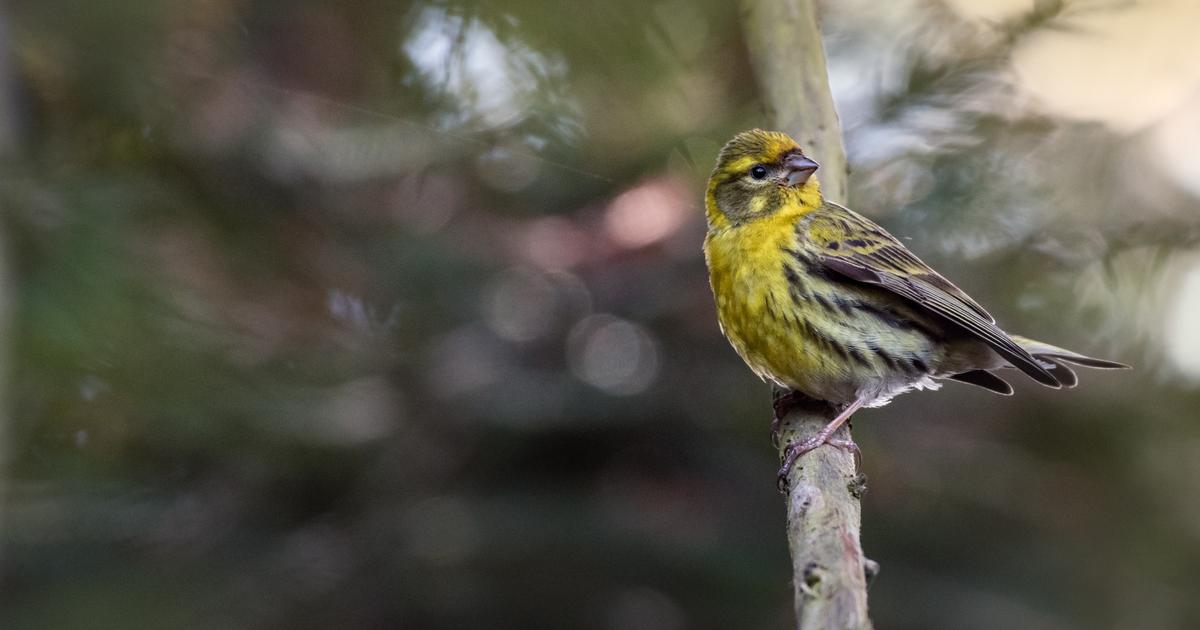Winter is ending to make way for spring.
The arrival of this season heralds the return of migrating
birds
to our
gardens
.
To discover
True or false: fight misconceptions about the garden
barn swallow
The barn swallow announces the arrival of spring.
stock.adobe.com
The barn swallow
(
Hirundo rustica
) is the symbol of the return of sunny days.
Indeed, it is one of the first migratory birds to return to Europe for its nesting period.
The Barn Swallow is a small, gregarious bird that tends to mingle with its conspecifics to capture insects in flight.
This bird is exclusively insectivorous.
Read alsoWhat to do in spring in your garden?
Lifespan:
The lifespan of a barn swallow is between 10 and 16 years.
Size and Weight:
The barn swallow weighs between 16 g and 25 g and measures 19 cm to 22 cm.
Colour:
This bird has wings with bluish reflections, its lower belly is brown and its forehead and throat are brick-coloured.
Physical characteristics:
the barn swallow is recognizable by its long tail with two large filaments.
Living conditions:
this bird is an anthropophilic species that does not fear humans.
It usually settles near houses, especially under windows.
Song:
Barn Swallow's song is a whistled note often uttered in flight.
It can be repeated in short stanzas.
The hoopoe
The hoopoe is distinctive with its large crest.
stock.adobe.com
The
hoopoe
(
Upupa epops
) is a monogamous and territorial migratory bird.
This bird is back in our gardens towards the end of March.
The
Eurasian Hoopoe
is distinguished from other birds by its large crest erected on its head.
This bird is exclusively insectivorous, it only feeds on the ground with larvae, orthoptera, crickets or lepidoptera.
Read alsoOnly a bird enthusiast will have 10/10 on this test
Lifespan:
The life expectancy of a Hoopoe is between 10 and 11 years.
Size and weight:
the hoopoe weighs between 55 g to 80 g and measures 32 cm.
Color:
This bird has black and white wings and tail.
Its head and chest are orange sand in color.
Physical characteristics:
the hoopoe is characterized by its large red hoopoe with black tips and its long gray beak.
Living conditions:
it is a very independent bird that likes to be left quietly to go about its business.
Song
: the hoopoe has a typical song, it is composed of three equal notes repeated rapidly.
gray wagtail
The gray wagtail is a very sociable bird.
stock.adobe.com
Like the robin, the
gray wagtail
(
Motacilla alba
) is a bird belonging to the passerine family.
This slender bird regularly nests near water.
It is a very sociable bird that mixes willingly with other animals, it is regularly seen between the legs of cattle in search of insects.
Lifespan:
the life expectancy of a gray wagtail is on average 10 years.
Size and weight:
the gray wagtail weighs between 19 g to 27 g and measures 18 cm.
Color
: its tricolor plumage is composed of black and white with some shades of gray.
Physical particularities:
this bird is recognizable thanks to its white mask on the face.
Living conditions:
this very sociable bird likes to live in groups outside its breeding season.
Song:
the gray wagtail utters a continuous series of notes having the same tonality.
The black-headed warbler
The blackcap is easily recognizable with its black cap.
stock.adobe.com
The
black-capped warbler
(
Sylvia atricapilla
) is a difficult bird to observe.
Indeed, it is a fast and solitary bird that knows how to be discreet in the forests.
His return heralds the arrival of spring.
The blackcap follows a mixed diet, it is both frugivorous and insectivorous during the breeding season.
Read alsoThe tit, a sedentary bird
Lifespan:
The average lifespan of a blackcap is 10 years.
Size and weight:
the blackcap weighs between 14 g and 29 g and measures 14 cm.
Colour
: this bird has gray plumage around the neck.
Its wings and tail are tinged with olive-brown.
Physical particularities:
this bird is easily recognizable with its black crown.
Living conditions:
the blackcap is a forest bird but it also likes to settle in hedges and orchards.
Song:
the song of this bird is melodious and composed of short, whistled notes.
However, if the Black-capped Warbler feels in danger, it gives a series of squeaks whose rhythm increases.
The canary cini
The canary is an easy-to-observe bird.
stock.adobe.com
The
canary
(
Serinus serinus
) is a small bird with a plump and colorful body that likes to settle in urban environments and near parks and gardens.
This bird with bright yellow plumage is not very shy, close to humans and feeders: it is therefore easy to observe.
It feeds mainly on seeds, but also in spring on buds and small flowers.
Read alsoThe pigeon, a city bird
Lifespan:
the life expectancy of a canary is on average 9 years.
Size and weight:
the canary canary weighs between 12 g and 15 g and measures 11 cm.
Colour
: This bird has bright yellow plumage.
Only a few parts of his body like his wings and the outline of his eyes are gray.
Physical characteristics
: unlike the male, the female has a much duller color, which varies from brown to gray.
Living conditions:
the canary is a migratory bird that always returns to its territory during the nesting period.
Song:
this high-pitched bird has different high tones that often follow one another continuously for several tens of seconds.
SEE ALSO -
What is bird migration?

